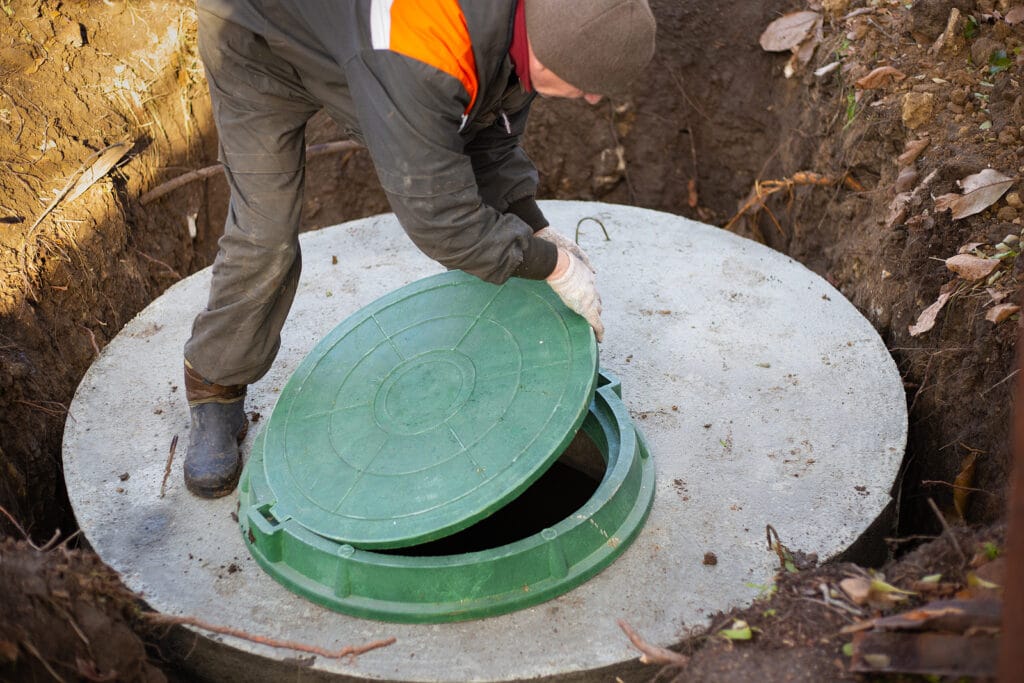When it comes down to homeownership certain elements tend to be hidden from view until they require attention. Septic systems are one of the most important, yet often ignored parts of a home. We assume it is a given and assume that it will complete its task without any upkeep or stress. Septic tanks, as with all systems, have a limited lifespan and must be replaced in the near future.

The cost to replace the septic tank can pose an immense financial burden on homeowners who are not prepared. It is essential to be aware that many factors go into the price of replacing a sewer tank.
Understanding the true septic system cost to replace the tank requires considering many aspects beyond the obvious price label. It’s not simply a matter of removing the old tank before installing another one. The cost will be affected by multiple services and components. Costs are incurred at each phase of the project, including getting permits, employing professionals, and even excavation and installation.
The cost of replacing the septic system which includes installation charges for the leach field as well as its septic system as a whole is a significant factor. The price for a new tank is contingent on its dimensions, material and the level of complexity. In addition, the location of your home, local regulations, and the soil condition are also factors that can affect the cost. It is crucial to talk with experts on septic systems to assess your specific requirements and give you an accurate estimation. They’ll also take into consideration the dimensions and layout of the leach field to give you a full idea of how much the project is going to cost.
Leach fields, also known as drainfields, are another significant cost. This component is crucial in the treatment and dispersal of the wastewater. The replacement of a damaged, or failing leach field is a meticulous process and may significantly impact the total cost for septic replacement. When calculating the cost, it is essential to account for aspects like the size and composition of leach fields as well as accessibility and soil composition.
In addition to the tangible costs homeowners also need to take into account the intangible expenses associated when replacing a septic tank. You may need to leave your house temporarily or reduce your water consumption during the installation. You should factor in these annoyances when planning your project because they could affect your daily routine, and could cause additional costs such as accommodations or adjustments to your schedule.
It is also crucial to understand that regular maintenance and care of your septic systems are necessary to extend their lifespan and decrease the chance of replacement that is premature. Inattention to maintenance can result in bigger issues in the future, like damage to the drainfield, or failing the tank. The inclusion of septic system maintenance expenses into your budget is a wise decision that will save cash in the end.
By now, you may have realized that determining the septic replacement cost is not a straightforward task. It requires an in-depth analysis of many variables that range from the size and design of tank to the difficulty of the installation as well as the condition and condition of the leachfield. The location of your home and the local regulations may be a factor in the price. To determine the exact cost, it is crucial to seek out experts who are experienced in the replacement of septic systems.
If you’re thinking of replacing your septic system, you could be surprised by the hidden costs. These costs can accumulate quickly, so it’s important to know about them prior to making a decision.
The hidden costs of septic system replacement include:
The cost of inspections and permits. Before beginning work to replace your septic tank, you’ll have to obtain permits from the local authorities. These permits can be costly and you could also need to pay for inspections.
The expense of excavation and removal. Before the new system is installed, it is necessary to remove and excavate the existing system. It can be a costly process, especially if the older system is situated in an area that is difficult to access.
The cost for backfilling and grading. After the old system has been removed, the trench needs to be filled and graded. This will ensure that your new system drains properly.
Costs of landscaping. You might have to landscape the area after installation of the new system to maintain it in a neat and tidy manner. This could be expensive, especially if you need to employ a professional landscaper.
When planning for a septic repair, you should include hidden expenses. You’ll avoid unpleasant surprises in the future by creating a plan in advance.
Investing in eco-friendly septic solutions is a smart choice for homeowners on a budget. They are cost-effective and green, as they reduce water pollution and minimize runoff. Eco-friendly septic systems are becoming more affordable and accessible that makes them the ideal option for those trying to reduce the environmental impact of their home without going broke. Moving to a more sustainable system may require some upfront costs, but these are easily offset by the long-term savings. Going green isn’t just a trend, it’s a vital change in lifestyle that anyone should think about if they’re determined to protect our planet for the generations to in the future. You can have peace of mind that you are doing your part to help the global community. It will also make sure that your home functions efficiently and with fewer maintenance costs, as well as less monthly expenses.
